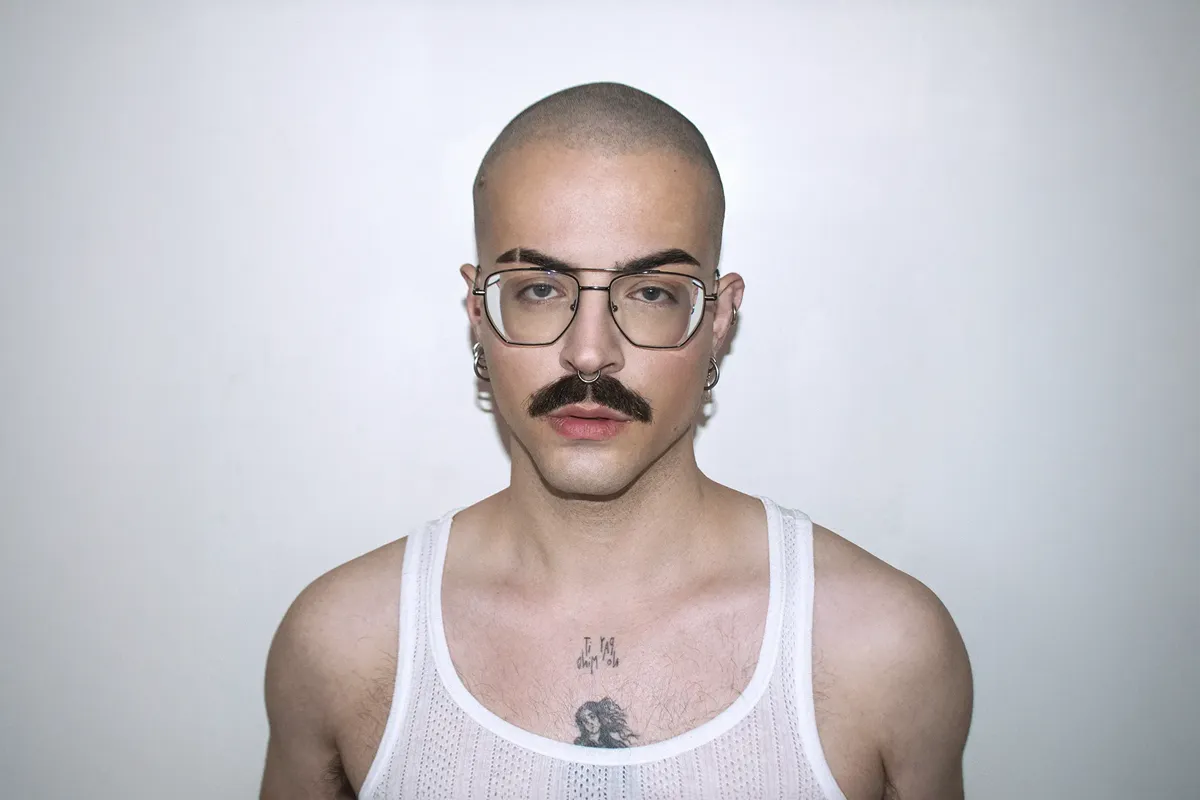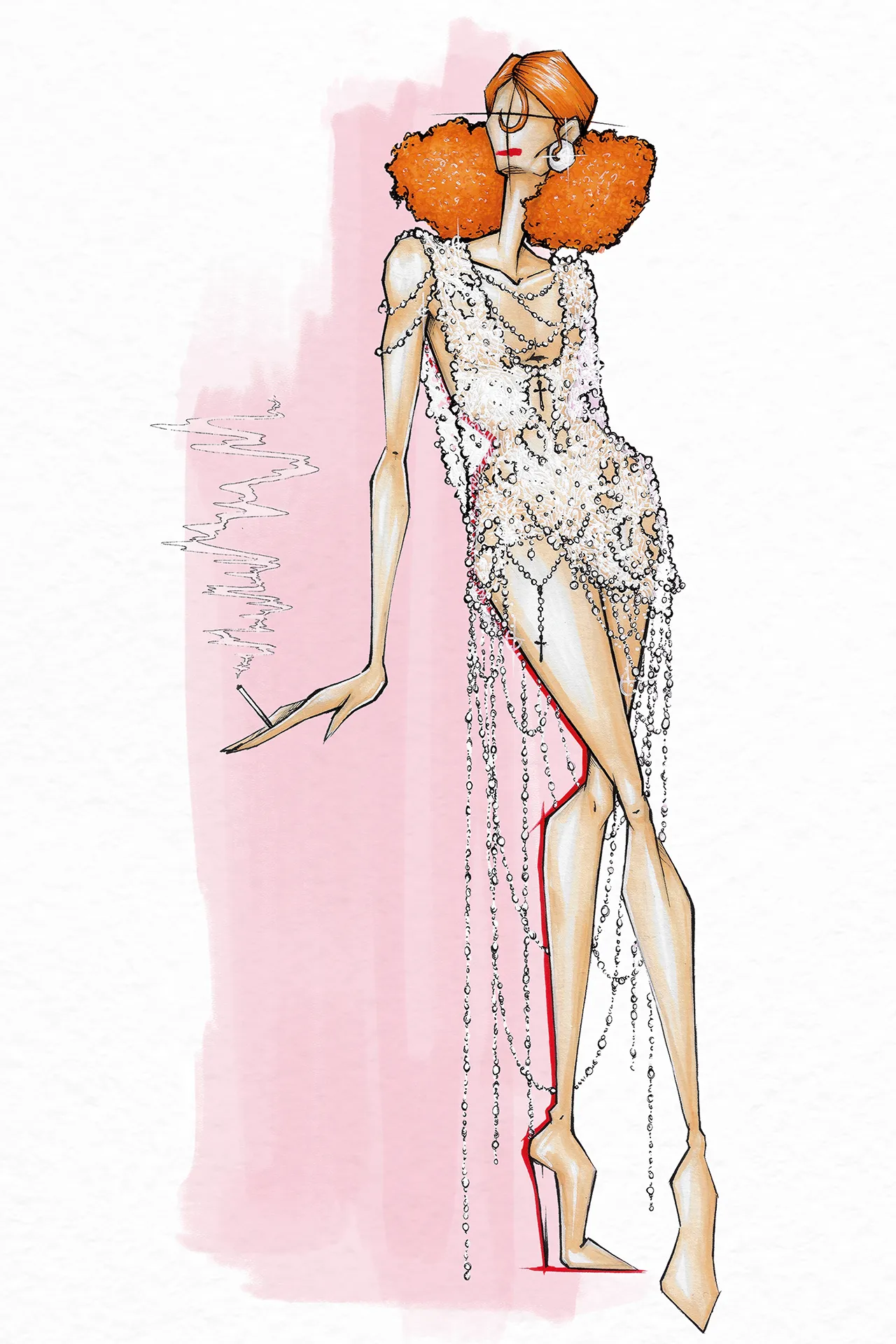Contact
About Aleixandri Studio
Born in La Ràpita, Tarragona, Marc Aleixandri studied fashion design at BAU, Barcelona. After completing his studies, he began working as a pattern maker at Palomo Spain, gaining valuable experience in a creative and dynamic environment. He collaborated on significant projects for five years and participated in fashion shows in cities like Paris and New York.
With the desire to return to his roots and explore new creative possibilities, he launched his own project, Aleixandri Studio. This new space aims to express his vision and understanding of the world, focusing on exploring genderless fashion from an aesthetic, technical, and theoretical perspective. Through this studio, he seeks to promote design experimentation, challenging traditional norms and celebrating diversity.
Aleixandri Studio at MBFWMadrid
Líneas de la colección
“Violetas”
Madrid, February 1971. A clandestine venue becomes the refuge of a diverse, colorful, and vibrant community. Behind the discreet facade, the most well-known transvestite performers in the city perform each night, under the illusion of freedom that this place offers them. The dream ends with the echo of heavy boots. The magic is broken, law enforcement agents appear and faces shift from joy to fear. Another night shattered.
“Violetas” is a tribute to transvestite culture during the dark years of the Franco dictatorship. The collection highlights the struggles of those who challenged the impositions of an oppressive regime, in a context where repression and persecution of diversity were the norm. Sequins, pearls, and sparkles evoke the elegance of clandestine clubs. At the same time, heavy, armored wools reinvent the uniforms of the Francoist police. Muted colors and torn fabrics, which evoke the sadness and pain of punishment, intersect with bright details, symbols of courage and freedom. It is a constant play between the shadow of persecution and the glimmer of freedom. The fluid and bold designs challenge traditional gender norms, merging the past with the contemporary. A constant dialogue between yesterday, today, and the possible tomorrow, showing how the revolutionary spirit of a community has resisted and survived.
“Violetas” is not just an aesthetic expression, but a recognition of the dignity of those who, despite persecution, remained true to their identity.






